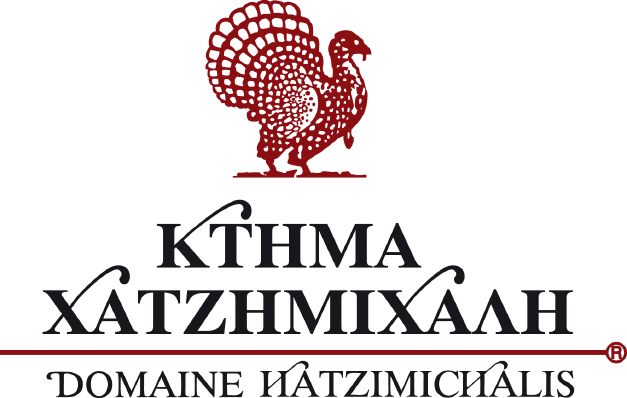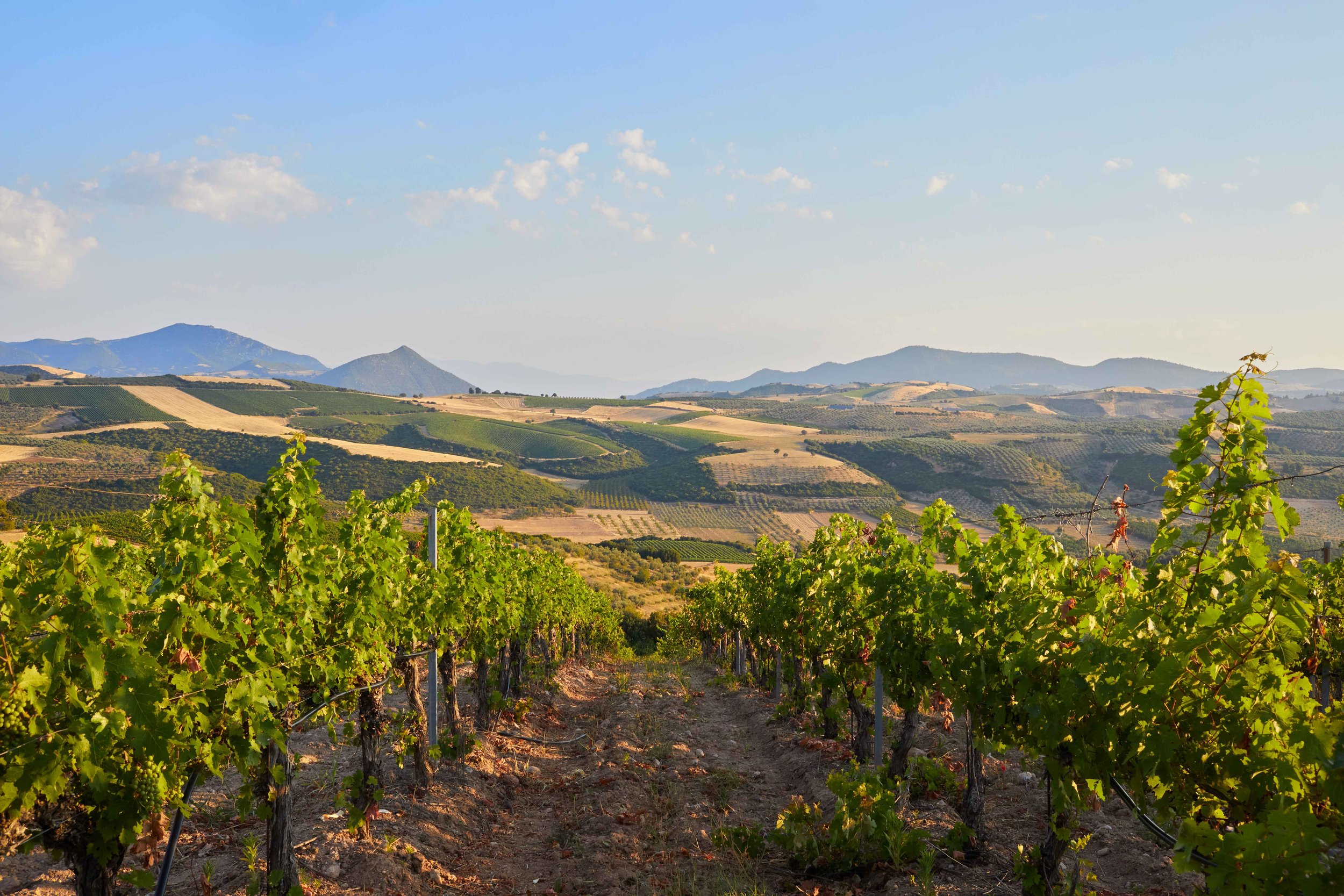Our Story
Our founder
Our story begins with Dimitris Hatzimichalis, the founder and current managing director of Domaine Hatzimichalis, when he made his first wine at the young age of 19 in the backyard of his home.
As Dimitris' passion for wine quickly evolved, he was inspired to put a small wine press in the back of his family's office, while studying the history of wine.
Atalanti Valley
The selection of Atalanti Valley was calculated and significant, as Dimitris noticed the unique microclimate that exists in the area.
Located in Central Greece, Atalanti Valley sits between the cool breezes of Mount Parnassus and the Euboean gulf of the Aegean Sea. Atalanti was home to a tradition of smaller-scale viticulture before Domaine Hatzimichalis, which was an important factor in Dimitris' investment.
Our terroir is surrounded by an ideal ecosystem for the growing of vines.
The beginning
In the beginning, Dimitris laid the foundation for a well-structured business. At the time, Greek winemaking was not as evolved as it is today, and many people credit Dimitris Hatzimichalis as a critical leader in the "Greek Wine Revolution."
His intensive studies in all areas of winemaking and its history led him to decide on the most ideal varieties to cultivate in his vineyards.
His additional investments related to infrastructure, included top-tier machines along with experienced and passionate partnerships.
Our label
The first years in any small business tend to be the most difficult, which was also the case for Domaine Hatzimichalis. Thanks to his long-standing passion for breeding birds, Dimitris developed a farm for breeding turkeys in particular to support the vineyard’s expenses, since the time period from planting a vine to selling a bottle is long. His turkeys were imported from Canada and were bred for the traditional Christmas table in Greece.
Knowing the care needed for the vineyards to succeed, Dimitris invested all of the money he earned from the turkey sales into Domaine Hatzimichalis.
The turkey has been our distinct logo ever since, which we proudly display on all of our wine labels and corks. Τo this day, Dimitris continues to breed these beautiful turkeys.
Our people
Every year at Domaine Hatzimichalis, the harvest and pruning periods are performed by a group of skillful and experienced women.
This was a deliberate choice, as Greek women are known for their caring, patient, and tender character, in addition to their overall courage and strength.
These women are who Domaine Hatzimichalis trusts in our tradition of hard work. Dimitris has always been amazed and inspired by their care for the vineyards, which is essential for the quality of our wines and the brand’s success.
Our first success
After the early years of hard work and dedication, it was finally in the early 1980s that a batch of high-quality Cabernet Sauvignon stunned the Greek wine industry. Previously, Cabernet Sauvignon was not known to thrive in Greece until Domaine Hatzimichalis led the way and introduced this grape variety in the market.
Within the next decade, the winery was being recognized globally, earning a number of international awards. This recognition was not only due to Cabernet Sauvignon, but also from other red and white varieties.
As Domaine Hatzimichalis progresses, we continue to be guided by Dimitris' vision: the creation of authentic wines supporting local culture and values.
Today
As a family wine-growing business with 220 hectares (520 acres) of privately owned vineyards, Domaine Hatzimichalis is now run by its founder, Dimitris L. Hatzimichalis, and his two sons Leonidas and Panagiotis.
Both of them are passionately contributing to the family business with their modern mindsets. They work hard to keep the tradition of the winery and maintain their father’s legacy. Their vision, is to expand the brand further and enter in new markets abroad.
Lastly, their mission for the winery is to make it even more environmentally sustainable, by reducing wastes, energy/water consumption and by using recyclable materials.





